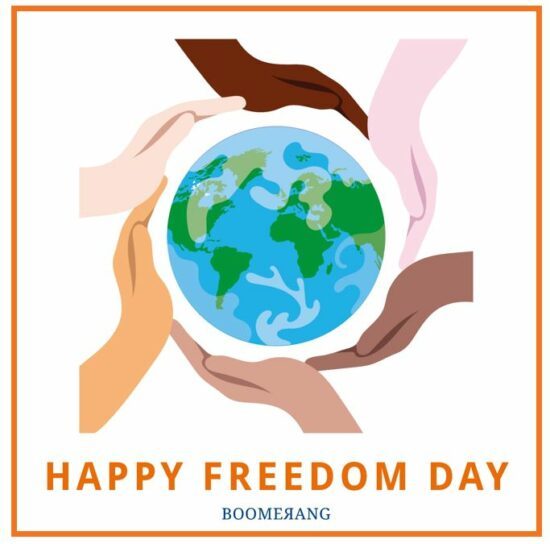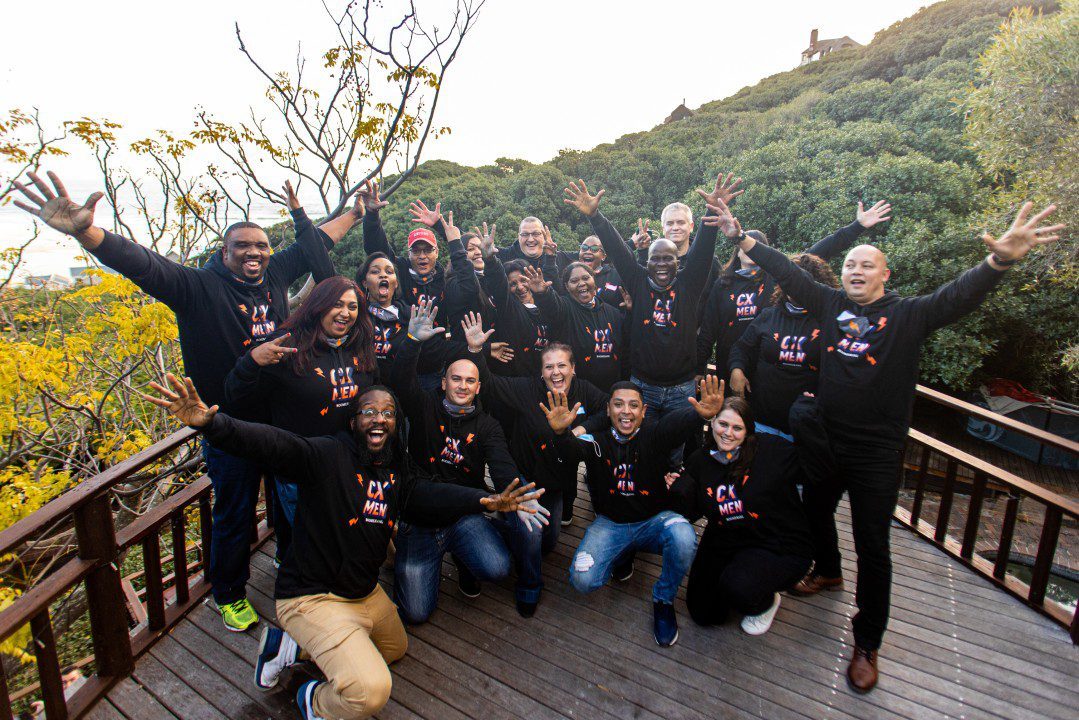The responsibility of Hope
Freedom Day in South Africa marks the beginning of a new era, a watershed moment that ended the institutionalised racism that denied basic human rights to the majority of our population, rightfully making our country a pariah on the world stage.
Freedom Day, commemorated every year on April 27, is the anniversary of South Africa’s first free and fair democratic elections. It is a day that reminds us of the first buds of new hope for South Africa. Thing is, with new buds, they need constant attention and good proactive care to nurture them into glorious flower.
Therefore, while hope underscores our intentions for our country, it is pertinent to remember also a now famous quote from filmmaker James Cameron, who said: “Hope is not a strategy, luck is not a factor,” probably in getting one of his huge projects off the ground. This does have some validity, as it is meant to express the notion that action is more important than inspiring words.
As such, the inspiration to us all on this day is to engender hope through unity, then to build on that hope with real concrete plans as to how we intend to make South Africa a better place for all.
Happy Freedom Day!










